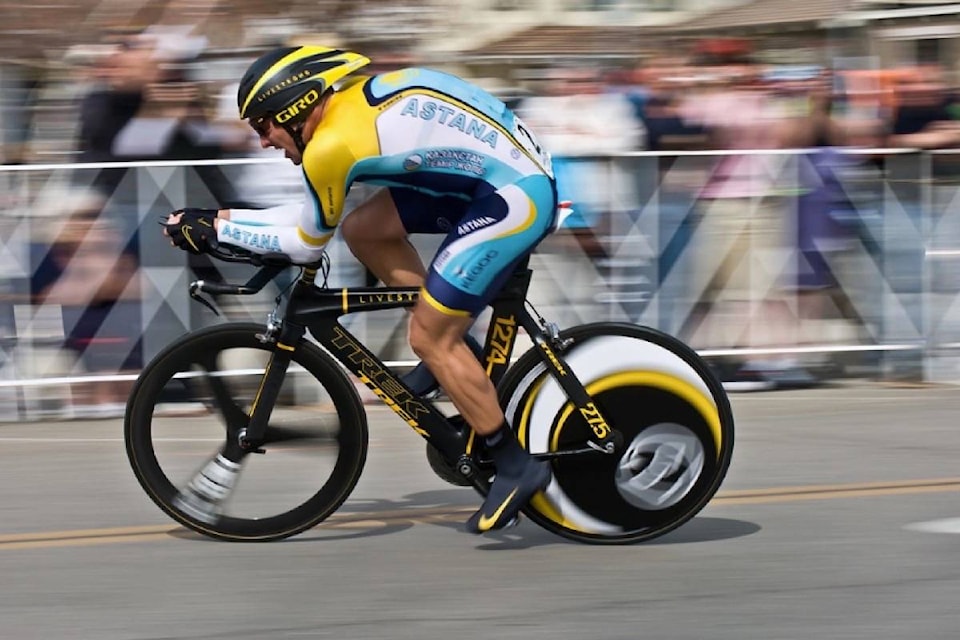2001: Lance Armstrong versus Jan Ullrich on the slopes of the l’Alpe d’Huez.
On stage 10 of the Tour de France, Lance gave Jan “The Look” and sped up the mountain in what might be his most memorable moment as a cyclist, distancing himself from his greatest rival and setting himself up for his third consecutive win.
Much has been made of “The Look” over the years, and it’s common on group rides for someone to turn around, stare at their foe, and sprint off the front, jokingly emulating Lance. However, that decisive moment in 2001 is linked forever to the debate over cadence, the measurement of how many revolutions you rotate the pedals per minute.
Lance was a spinner. He rode with an extremely high cadence, often well over 110 rpm (rotations per minute). Ullrich was a known big-gear masher, often powering his way uphill with a cadence of about 80 rpm. It begs the question, “how fast should I be pedalling?”
There’s no one-size-fits-all answer to the cadence question, but by far the biggest concern we hear at the shop is that a customer is grinding too much. It’s often made obvious to us when someone says “my knees hurt” or “my quads just die during a ride even though my heart and lungs feel good.” Another tell-tale sign of an Ullrich-style grinder is when drive-trains only show wear in the high gears.
You see, grinding at low cadence is much more taxing on your muscles. Your quads have to work really hard. Relying on your muscles as opposed to your respiratory system, can lead to feeling tired and fatigued much faster. On short rides you may not notice that you’re grinding but during a long ride you will certainly notice the increased muscular fatigue in your legs.
Another thing we’re noticing with the advent of E-bikes is that people tend to leave their bike in the hardest gear and rely too much on the motor, as opposed to using the full range of gears and increasing cadence. This has the negative effect of promoting grinding and wearing out drive-trains prematurely. For the most dedicated cyclist, high-cadence intervals on an indoor trainer or outdoors can help improve performance, making fast pedalling more efficient. For most of us though, we can raise our cadence by using our full array of gears and not falling into the trap of leaving it in the high gear the whole time.
Next ride, be aware of and make an effort to focus specifically on your cadence. If you can increase your average cadence, even by a small amount, you will save your big glycogen-burning muscles and you might just feel that you can ride further, faster, and longer.
– Submitted by Pedal Your World
